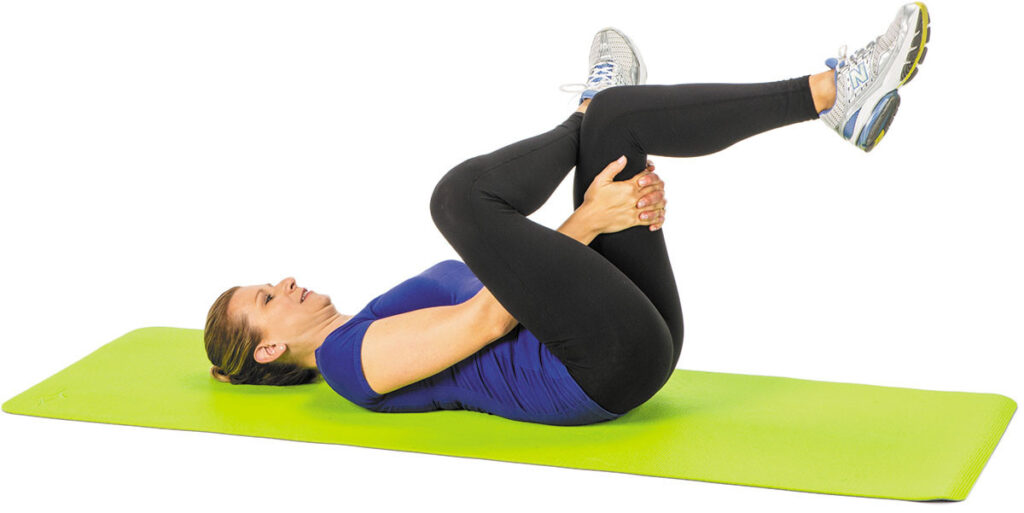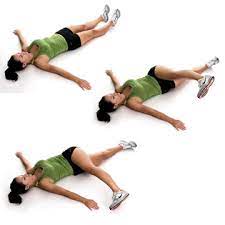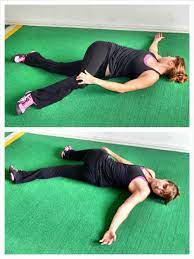Joint pain is one of the most common physical complaints affecting people of all ages. Fortunately, research shows that regular, targeted exercise can be one of the most effective ways to manage joint pain, strengthen surrounding muscles, and improve mobility over time.
This article explores what causes joint pain, the types of joint conditions people often experience, and the best exercises for managing discomfort and maintaining healthy joints.

What Is Joint Pain?
Joint pain refers to any discomfort, aches, or inflammation in the areas where bones meet. These points include the knees, hips, shoulders, elbows, wrists, and ankles. Pain may be mild, causing stiffness or soreness, or it may be severe enough to affect your range of motion.
While some joint pain is temporary and results from overuse or injury, chronic joint pain often stems from long-term conditions such as:
- Osteoarthritis: Degeneration of cartilage, commonly seen with aging.
- Rheumatoid arthritis: An autoimmune condition causing inflammation in the joint lining.
- Bursitis: Inflammation of the bursae, fluid-filled sacs that cushion the joints.
- Gout: A form of arthritis caused by the buildup of uric acid crystals.
- Tendinitis: Inflammation of tendons due to overuse or injury.
Joint pain may be accompanied by swelling, redness, warmth, or stiffness, especially after periods of inactivity.
Why Exercise Helps with Joint Pain
Many people with joint issues hesitate to move, thinking that rest is better for healing. However, controlled, low-impact movement is often exactly what the body needs.
Regular exercise offers several benefits:
- Strengthens the muscles surrounding the joints, helping to reduce strain.
- Improves flexibility and range of motion, preventing stiffness.
- Promotes circulation, which helps reduce inflammation and deliver nutrients to joint tissues.
- Helps with weight management, reducing pressure on weight-bearing joints like the knees and hips.
- Boosts mood and reduces pain perception, thanks to the release of endorphins.
Before starting any new exercise regimen, it’s important to speak with a healthcare provider or physical therapist, especially if you have an existing diagnosis.

Best Exercises for Joint Pain Relief
Here are several types of exercises that are proven to help with joint pain. These exercises are generally safe for people of most fitness levels and can be adapted to meet individual needs.
1. Range of Motion Exercises
These gentle movements help reduce stiffness and maintain or improve flexibility in the joints. They’re usually done daily or every other day and include:
- Arm circles: Loosen shoulder joints and increase mobility.
- Wrist rotations: Help relieve stiffness from typing or repetitive motion.
- Ankle rolls: Useful for foot and lower leg flexibility.
- Neck tilts and turns: Relieve tension and support cervical spine mobility.
Tip: Perform each motion slowly and smoothly, without forcing beyond a comfortable range.
2. Stretching
Stretching helps lengthen muscles and tendons, reducing tightness that can put stress on joints. Aim for at least 10 minutes of stretching before and after your main workouts.
Examples:
- Hamstring stretch (for knee and hip relief)
- Calf stretch (eases tension around ankles and Achilles tendon)
- Shoulder stretch (improves flexibility in the upper body)
- Quadriceps stretch (reduces pressure on the knees)
Hold each stretch for 15–30 seconds and breathe deeply.
3. Low-Impact Aerobic Exercises

Cardio doesn’t have to involve running or jumping. Low-impact aerobic exercises raise your heart rate while protecting your joints.
Great options include:
- Walking: A low-stress way to stay mobile and improve joint circulation.
- Swimming or water aerobics: The buoyancy of water reduces joint stress while offering resistance for muscle strengthening.
- Cycling (stationary or outdoor): Enhances lower-body strength and cardiovascular fitness.
- Elliptical training: Smooth movement reduces strain compared to jogging.
Aim for 30 minutes a day, five days a week if possible.
4. Strength Training
Building muscle strength around joints helps reduce the workload on those joints and enhances stability. Focus on exercises that don’t put direct pressure on painful areas.
Good strength-training options:
- Wall squats (for knees and hips)
- Resistance band exercises (gentle on joints and versatile)
- Modified push-ups (build upper body strength without wrist strain)
- Chair exercises (safe for those with limited mobility)
Use light weights or bodyweight resistance and focus on proper form rather than intensity.
5. Yoga and Tai Chi
Both yoga and Tai Chi combine movement, stretching, and breathing in a way that promotes balance, flexibility, and calm. These mind-body practices have been shown to reduce joint pain and improve function, especially in individuals with arthritis.
Popular beginner-friendly poses and forms:
- Child’s pose (gentle stretch for spine and hips)
- Cat-cow stretch (improves spinal flexibility)
- Warrior pose (builds leg and hip strength)
- Tai Chi “cloud hands” (enhances joint mobility in wrists and shoulders)
These practices are especially beneficial for improving balance and reducing fall risk in older adults.
Tips for Exercising with Joint Pain
- Warm up before and cool down after each session to prevent injury.
- Stay hydrated, as dehydration can reduce joint lubrication.
- Avoid high-impact activities like running, jumping, or heavy lifting if you have joint concerns.
- Listen to your body—a little discomfort is normal, but sharp or lasting pain is a sign to stop.
- Use supportive footwear to reduce stress on the knees, hips, and back.
- Consider professional guidance, especially if you have a history of injury or chronic illness.
When to Seek Medical Advice
While exercise is beneficial for most people with joint pain, it’s important to consult a healthcare provider if you experience:
- Persistent swelling or redness
- Sharp or worsening pain
- Limited joint mobility that impacts daily life
- Pain that doesn’t improve after rest or worsens with movement
These symptoms could signal underlying conditions that require targeted medical treatment or therapy.
Final Thoughts
Joint pain can feel like an obstacle to movement, but with the right approach, exercise can become one of the most powerful tools for healing and long-term comfort. Whether you’re managing occasional stiffness or a chronic condition like arthritis, incorporating gentle, consistent physical activity into your routine can bring significant relief.
Start slowly, stay consistent, and don’t be afraid to adapt exercises to your needs. Movement isn’t just medicine—it’s a long-term investment in your body’s strength, flexibility, and resilience.